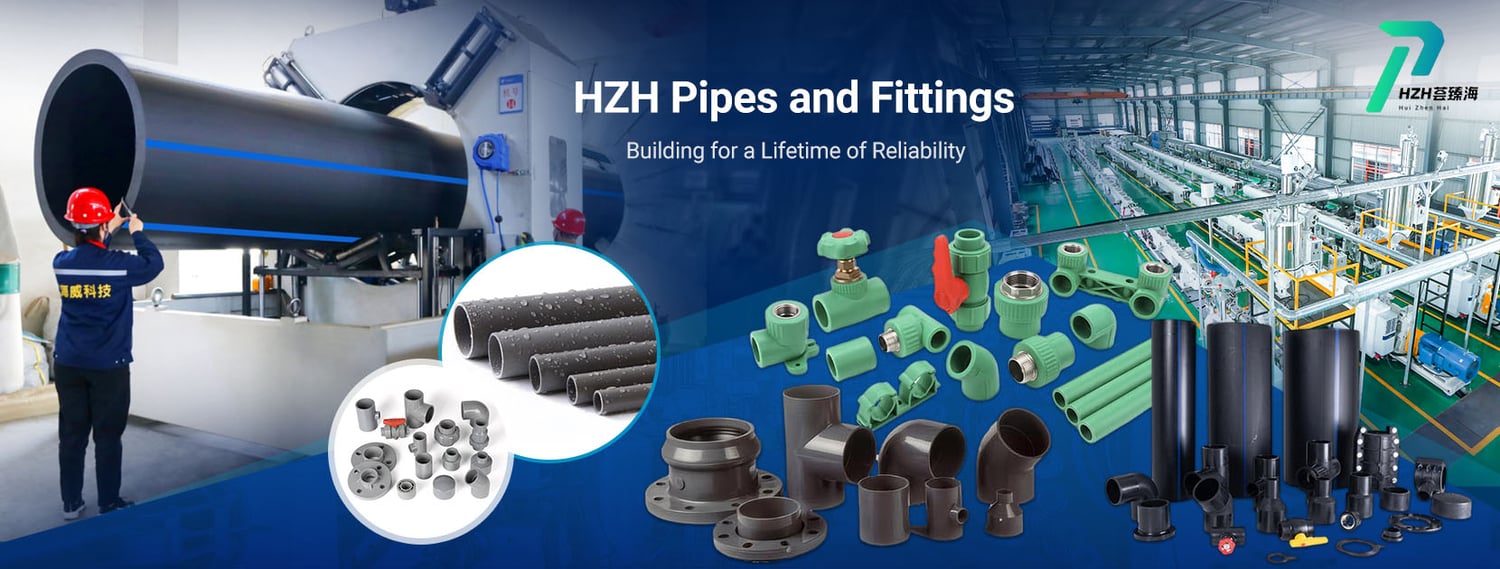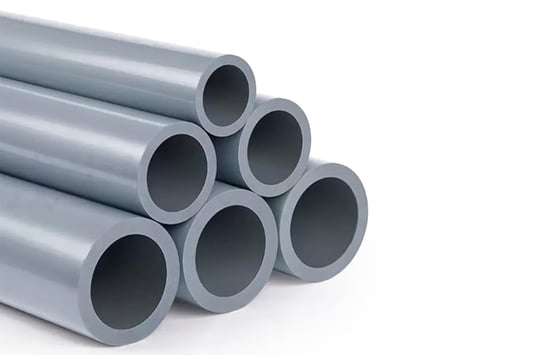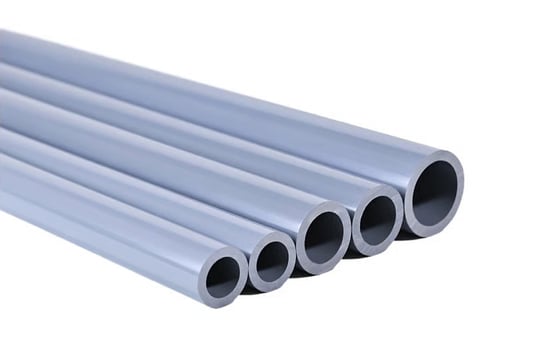Material CompositionWhen it comes to choosing between PPR (polypropylene random copolymer) pipe and PVC (polyvinyl chloride) pipe, one of the key differences lies in their material composition. PPR pipes are made of a thermoplastic polymer, whereas PVC pipes are made of a type of plastic known as vinyl. This distinction impacts the overall performance and durability of the pipes.Flexibility and DurabilityPPR pipes are known for their flexibility and ability to withstand high temperatures, making them ideal for hot water applications. On the other hand, PVC pipes are rigid and may become brittle over time, especially when exposed to extreme heat or cold. This difference in flexibility and durability is an important factor to consider when choosing between PPR and PVC pipes.Installation ProcessIn terms of installation, PPR pipes are typically easier and quicker to install compared to PVC pipes. PPR pipes can be easily joined using heat fusion, resulting in seamless connections that are leak-proof. PVC pipes, on the other hand, require the use of adhesive or solvent welding for joining, which can be a more complex process.Cost ComparisonWhen it comes to cost, PPR pipes are generally more expensive upfront compared to PVC pipes. However, the long-term durability and low maintenance of PPR pipes can result in cost savings over time. PVC pipes may be a more budget-friendly option initially, but they may require more frequent repairs and replacements.Chemical ResistancePPR pipes have excellent chemical resistance, making them suitable for a wide range of applications where exposure to chemicals is a concern. PVC pipes also offer good chemical resistance, but they may not be as durable as PPR pipes in certain harsh chemical environments. Consider the specific needs of your project when choosing between PPR and PVC pipes.Environmental ImpactWhen it comes to sustainability, PPR pipes are considered to be more environmentally friendly compared to PVC pipes. PPR is a recyclable material that can be repurposed, whereas PVC is a non-biodegradable material that can have a negative impact on the environment if not disposed of properly. Choosing PPR pipes can help reduce your carbon footprint.Pressure RatingPPR pipes have a higher pressure rating compared to PVC pipes, making them suitable for applications that require high-pressure water or gas flow. PVC pipes may not be able to withstand the same level of pressure as PPR pipes, which can limit their use in certain plumbing systems. Consider the pressure requirements of your project when deciding between PPR and PVC pipes.LongevityIn terms of longevity, PPR pipes are known to have a longer lifespan compared to PVC pipes. PPR pipes are resistant to corrosion, rust, and scaling, which can extend their longevity and reduce the need for frequent maintenance. PVC pipes may degrade over time, especially when exposed to harsh environmental conditions.Insulation PropertiesPPR pipes offer better insulation properties compared to PVC pipes, especially when it comes to retaining heat. This makes PPR pipes a great choice for hot water applications, as they can help conserve energy and reduce heat loss. PVC pipes may not offer the same level of insulation, which can impact their efficiency in certain plumbing systems.Final VerdictIn conclusion, both PPR and PVC pipes have their own unique advantages and considerations. When choosing between ppr pipe vs pvc pipe, it's important to evaluate your specific plumbing needs, budget constraints, and environmental concerns. Consider factors such as material composition, flexibility, durability, installation process, cost, chemical resistance, environmental impact, pressure rating, longevity, and insulation properties to make an informed decision for your plumbing project.Quote Inquirycontact us










